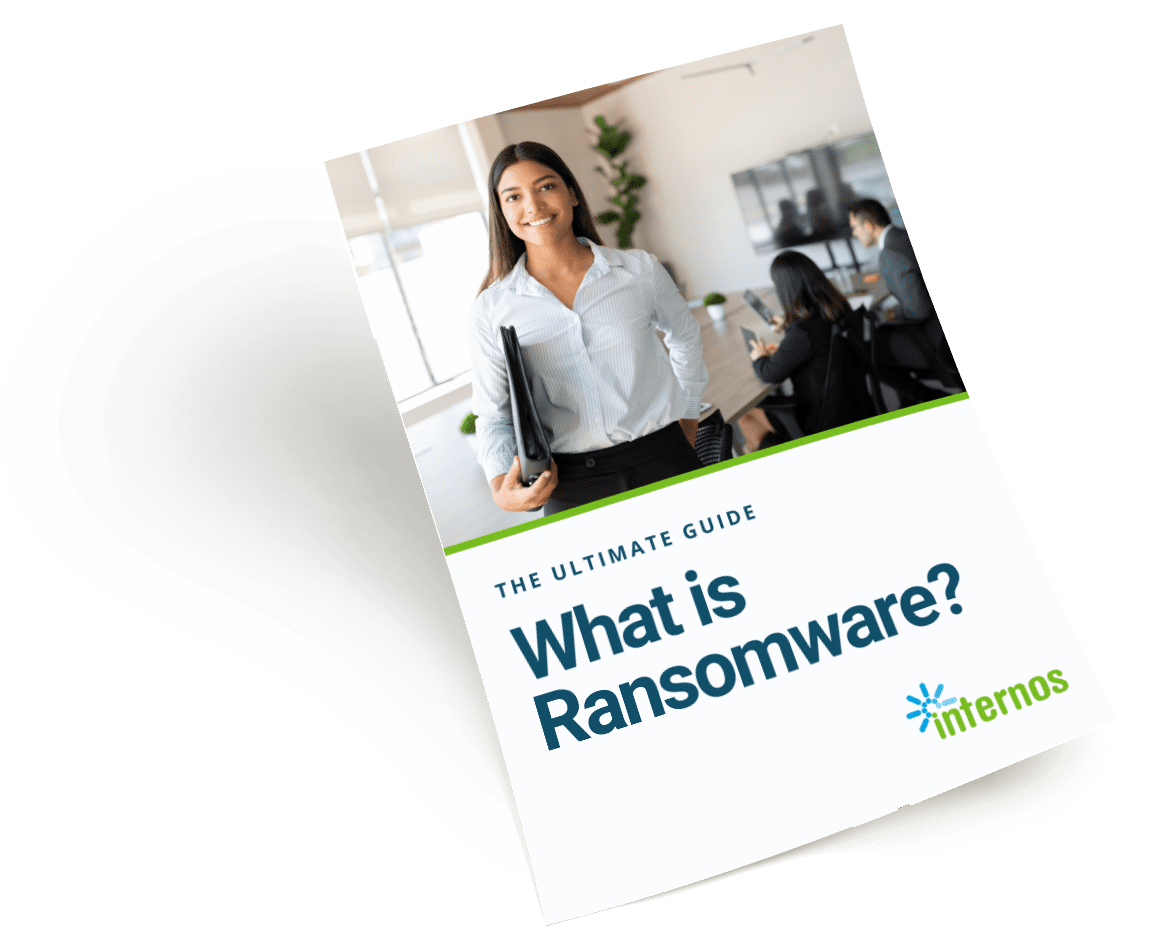
In order to maximize cloud solutions for small businesses, first you need to have a strategy. The right managed service providers can help you both create and implement that cloud migration strategy as well as provide ongoing maintenance.
During the last few years, the “cloud” has become the foundation that allows businesses to transform, differentiate and gain competitive advantage. Many organizations are now focused on cloud-first strategies as they turn their attention to advancing the use of cloud services across the business.
Cloud Strategy
There are three cloud choices: private, public and a hybrid of both:
- Private would be just that; private and dedicated solely to your organization.
- Public cloud is delivered via the internet and shared across organizations.
- Hybrid cloud is a combination of both public and private clouds.
A private cloud, one that is dedicated to your company alone, can be expensive. Public clouds are less secure because they cannot protect your sensitive data as well. Typically if you go the hybrid route, you would put the sensitive data in the private cloud and everything else in the public. That’s the most cost-effective method.
Selecting the Right Migration Partner Is Critical
The choice of a migration partner is a critical component of a cloud migration strategy. Unfortunately the choice of the migration partner is often based on familiarity or low pricing rather than experience.
Sometimes, to streamline operations, the migration is assigned to an internal team. Others try to save on outsourced partnership costs by tackling a migration project internally, even if the in-house team isn’t ready for it. Both of these choices often lead to mistakes and rework, increasing costs in the long run.
Moving too fast by lifting and shifting workloads into the cloud without modifying them is also not a good idea. Often the best way to make that move is to rewrite and re-release an application in a cloud-native way, or even to replace it entirely with a SaaS-based alternative. Defaulting too quickly to a rehosting approach and deferring the cost to modernize or replace critical applications can result in higher cloud operating costs after migration.
Steps to Cloud Migration
Now that you know a few things not to do, here’s the to do list:
1. Assess, prioritize and develop a cloud-first strategy. A cloud-first strategy must be understood and embraced by the whole organization. Everyone in the organization, not just the IT team, has to focus on more than just the technical steps. They must see the merits of cloud; how it helps business leaders develop and extract business benefits that will yield a competitive edge and greater profitability.
The long-term goal for some organizations might be to move all applications out of their data centers. For others, cloud-first may mean moving a subset of applications to the public cloud. So the first order of moving to the cloud is to assess and prioritize what needs to go where. Create:
- A cloud computing baseline.
- A business baseline.
- A services strategy.
- Financial models.
- Assessment of where you are at the onset.
- Alignment of security, governance, compliance and other elements.
2. Find the talent. Taking advantage of the cloud involves having a team to help you make the move. You have two options:
- Option 1: With more than one million open technology jobs in the U.S. alone, according to the National Foundation for American Policy, finding talent is a huge headache. Advertising the positions, honing down the choices before interviews, then interviewing and finally choosing which applicants are best. Then worry about how long they will stay with your company and do it all over again.
If you choose this option, watch for the cost of retraining existing teams, the rise in their salaries to match market levels for cloud roles, changes to your organizational structure and operating procedures, and the cost to adopt agile DevOps practices across the IT organization.
Also, often when you migrate to a cloud with existing staff, there’s a loss of productivity because the people who are doing the migrating are not doing the job for which they were hired. Running duplicate versions of the same system during a migration cutover period is also a concern.
- Option 2: Partner with a managed service provider (MSP) like Internos. MSPs can build and administer a private, public or hybrid cloud based on your organization’s needs. Doing so will free your staff to deal with growth and customer satisfaction issues while the MSP gives you reliable support 24/7/365 to handle any problems or issues.
Handling challenges such as determining and policing the privacy of stored data, confirming compliance with data privacy legislation and recovering from outages is best delegated to people who have extensive experience in those areas. MSPs have that from the day you contract with them.
Peace of Mind + A Security Dividend
Working with an MSP gives CIOs peace of mind. They no longer have to worry about whether all the new and current regulations, software and hardware are up-to-date. The MSP monitors that constantly.
Security is greater when partnering with an MSP. Again, because they are an MSP, they are constantly keeping abreast of the new threats and methods of cyber criminals for damaging your data. Most of them, including Internos, work 24/7/365 keeping up to date with the latest shenanigans of these nefarious actors.
A technology integration specialist recently noted that MSPs ensure security consistency across platforms while freeing up the internal security team to address more localized needs, thus doubling the security benefit.
Still have some doubts? Contact us or book a free no-obligation meeting, virtual or in person. We’d be happy to help you decide what’s best for your company.

